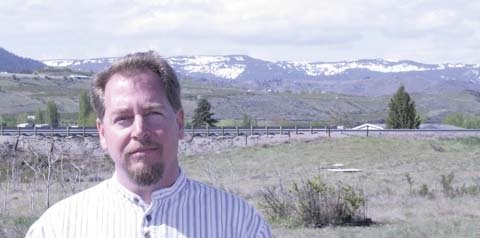
With a target opening date of May 2008, the Washington Growers League is working to secure land-use permits for a seasonal farmworker housing project that will help meet the housing demand in north central Washington. The project is the first of its kind and, if successful, will be used as a model in other agricultural regions within and outside the state.
Pending approval by Chelan County, the housing project will be built on 18 acres of land southeast of Wenatchee near Malaga. The land, owned by the Port of Chelan County, is close to cherry orchards on Stemilt Hill and within a mile of food and postal services in Malaga.
Stemilt Hill, with its range in elevation from around 900 to 3,000 feet, provides a longer cherry season than most other areas in the state and is well known for its lack of farmworker housing, according to Jesse Lane, housing program manager for the Yakima-based Washington Growers League. Lane, who is fluent in Spanish, was a general contractor for many years, and spent his younger days working in his grandparents’ tree fruit orchards.
The Housing Authority of Chelan County and the City of Wenatchee are planning to build migrant housing on half of the Malaga acreage, with the Growers League leasing the other nine acres.
Sale of the property is contingent upon county approval of conditional use permits, a step that could take up to six months, Lane said. If all goes well, the Growers League hopes to break ground in September, with the cabin-like houses ready for the cherry season in May 2008.
Housing shortage
“The migrant work force that comes into the Wenatchee area is huge,” said Lane, adding that because there is not enough migrant housing available for the influx of tree fruit workers, the state has identified the area as a high priority for development of housing.
State-sanctioned tent programs for cherry workers help ease the shortage, he conceded, but workers soon will lose access to about 350 beds when the Pangborn Airport tent camp in Wenatchee closes permanently after the 2008 cherry season. The Pangborn site is the only public cherry tent camp in the state; growers privately operate all others.
“When Pangborn closes, it’ll be a huge blow to this area,” he said. “We’re so far behind in providing beds to the workers, even with Pangborn.”
The Growers League has managed a rent-a-tent program the last four years, a program that, he said, “works well” and provided nearly 1,725 beds to cherry workers last season. “But these cabins will have air conditioning and heating, which would help to extend the season from cherries to apples and pears in October and November,” he said.
Project details
The Malaga development is planned in two phases. In the first phase, 21 cabins, each with bunk beds for six people (126 beds total), will be built in clusters. Cooking, dining, bathing, and restroom facilities are centrally located, and the kitchen area has cold and dry storage food lockers. A playground for children is also planned. A manager will live on site, and those staying will check in and out as they enter and leave the secured and well-maintained premises.
The second phase would more than double the number of cabins to provide an additional 168 beds. The kitchen and dining area is designed so it could be doubled in size by “mirroring” construction from the first phase for the second.
The units will meet or exceed state and federal housing requirements for seasonal and H-2A guest workers, Lane noted. “Our goal is to provide a clean, comfortable, and safe environment,” he said. “We want to exceed the expectations imposed on us by the health department and still keep costs at a minimal.”
Grower participation
Funding to build the $2.7 million housing project is a mix of public and private money. The Growers League received a $2 million recoverable grant and a 30-year loan for $500,000 from the Washington State Department of Community Trade and Economic Development’s Farmworker Housing Trust Fund. The term “recoverable” means that if the housing is not kept in its intended use for 30 years, the grant must be paid back. The balance needed for the project comes from private lending. Lane is serving as construction supervisor for the project, with the Office of Rural and Farmworker Housing, a nonprofit corporation that develops housing for farmworkers and low-income rural residents, as project developer.
Participating growers will enter into a 15-year lease with the Growers League on a per-bed basis. Beds are projected to cost $10 per night. The lease amount covers operating expenses associated with the beds and debt service. In the event of crop disaster or a grower no longer being in the orchard business, the bed lease is assignable to another. “If a grower has a crop failure, he or she can sublet it out to help recoup their costs,” Lane explained.
He admitted that the time frame of the 15-year lease is a stumbling block for some growers. However, the Housing Trust requires a 30-year commitment from the Growers League, a period the farm employer trade group recognized was too long to ask of growers.
Already, four growers have indicated their intent to lease beds for cherry harvest. Space for beds in the first half of the season may be limited due to high demand, but there will be plenty of beds available from August to October, he explained. Growers participating in the first phase of the project will have priority in securing additional beds if the second phase is built.
Some growers see housing as a way to make their employment offers more attractive while removing some of the risk of obtaining pickers from a shrinking pool of workers. The project especially helps smaller growers who can’t afford to build their own housing as well as those that might have land and could afford housing but don’t have access to the infrastructure needed.
Model project
Lane calls the project a “huge experiment” because it has never been tried before. “There are a lot of eyes on us. Everybody is watching. It would have been really nice if someone else had done this before so we could copy it. But unfortunately, it’s never been done anywhere, so there are a lot of unknowns.”
The concept of mixing private and public money to build farmworker housing is applicable anywhere, he noted. Lane is optimistic that the Malaga project will be a model for agricultural groups in other states to follow.


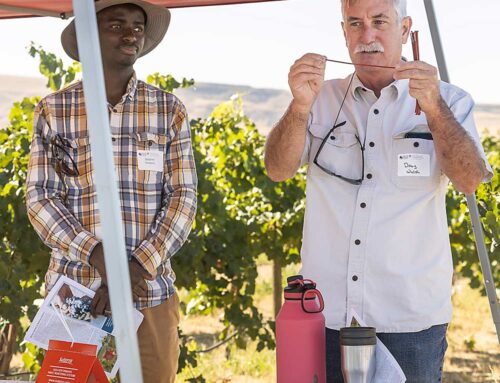
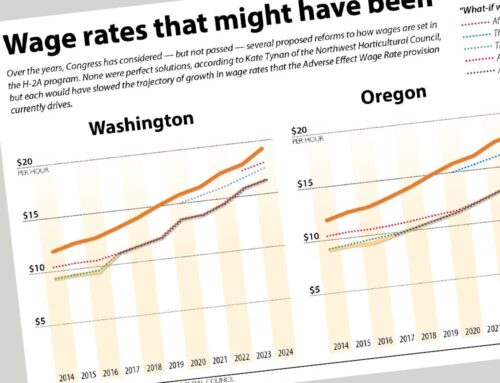
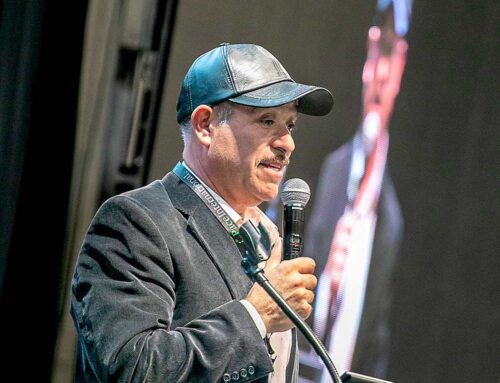
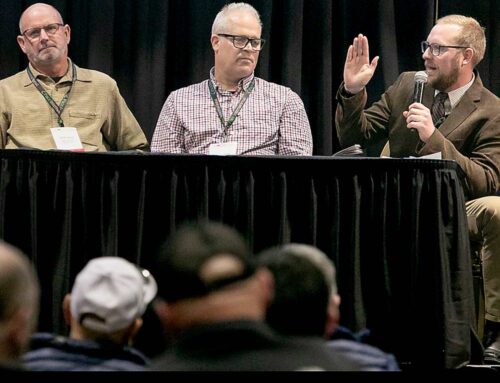
Leave A Comment